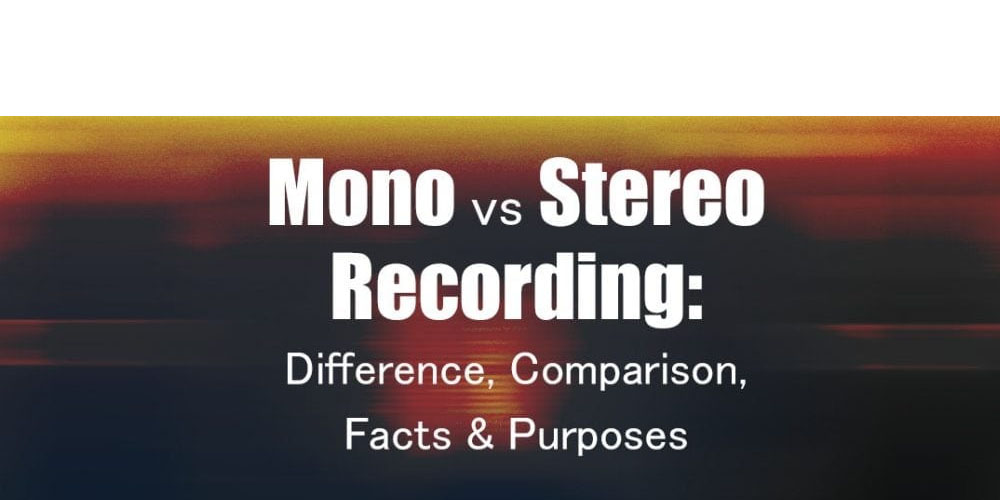There has always been a debate about mono vs. stereo: what you need to know about them and other aspects for years. Many people ask which is better, but no definite answer has ever come up. Both mono and stereo audio are sounds recorded and produced via speakers. They are used in several applications, but most people don’t understand what they are or what goes on in the recording and production processes. In this write-up, we look at things you should know about mono and stereo
Everything You Need to Know About Mono and Stereo
A lot can be said about these two sounds, but we look at a few facts about them below.
· Which one is better?
Mono is slowly being wiped off and replaced with stereo. However, they are both functional and have plenty of benefits as well drawbacks. Generally, stereo is more superior to mono, and its audio quality is fantastic. The audio quality in mono can also be good, ideal for people to listen to other communication platforms. During such moments, speakers are placed within the area, room, or space since people cannot reach the right or left speakers.
· Mono and stereo recording and playback
Mono recording is done using a single microphone to capture a single sound signal. The signal is then played back via a single speaker, but in other cases, more speakers are used where duplication happens (dual-mono), but the signal information stays the same.
Stereo recording utilizes two or more microphones that capture multiple sounds. The two microphones are connected to two speakers. Whatever sound is recorded by each mic is reproduced by the speakers during playback. The sounds from each speaker vary, meaning they function independently. What is heard from the left speaker is different from that of the right speaker. It’s possible to localize the sound source during stereo playback than with mono. Mono playback provides you with one source of the sound, while stereo provides several sounds.
· How do you tell if the audio is mono or stereo?
Mono audio signal is heard at the center of the speaker/s in a similar fashion. The signal within the mix is at a single point. You will listen to different sounds from each speaker for stereo audio, meaning the signal sits at various points inside the mix.
· Is it okay to have mono audio on?
Having your audio on is fine, whether you choose to use it entirely or partially. Sound mixing is necessary for some uses, and using mono while at it is recommended. This is because instruments are well balanced, and their volume is positioned well in the mix. Also, the lower mixing levels in mono ensure your ears don’t become tired while listening to sounds.
Final word
We cannot conclude that mono audio is better than stereo or vice versa, but it depends on how and where you use them. Some applications do well in mono, while others use stereo. Recording and playback are different for both sounds. You can also focus on mono only while mixing as it has its advantages, but it is advisable to try new skills to perfect the recording and produce good quality sounds.
